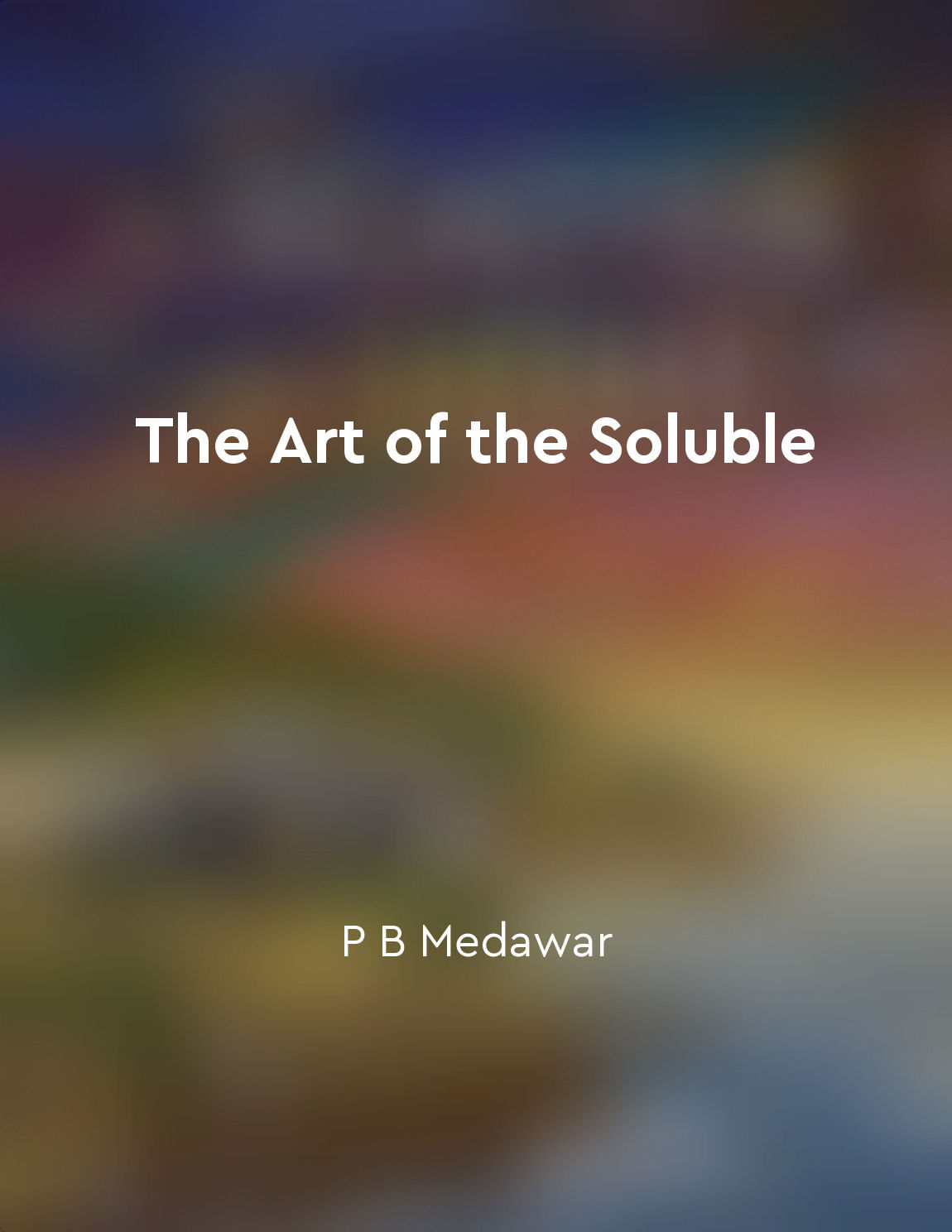Theories must be testable and falsifiable to be considered scientific from "summary" of The Art of the Soluble by P B Medawar,Taylor & Francis Group
The hallmark of the scientific method is its capacity for self-correction, and this self-corrective feature is founded on the principle that theories must be testable and potentially falsifiable. This requirement is not just a mere convention or a matter of personal preference; it is a fundamental criterion that distinguishes scientific theories from unscientific speculations. The demand for testability and falsifiability ensures that scientific theories are anchored in empirical evidence and subjected to rigorous scrutiny. A theory that cannot be tested or falsified is akin to a castle built on shifting sands - it may appear grand and imposing, but its foundations are inherently unstable. Without the ability to test a theory against observable phenomena or to potentially disprove it through empirical evidence, there is no way to verify its validity or reliability. In the absence of such empirical constraints, a theory can easily degenerate into mere conjecture or pseudoscience. The requirement for testability and falsifiability imp...Similar Posts
NCERT Solutions serve as a valuable resource for students and teachers
NCERT Solutions provide a comprehensive and detailed explanation of concepts covered in the Science textbook for Class X. These...

A scientist must be willing to accept uncertainty and ambiguity
The pursuit of scientific knowledge is a noble endeavor fraught with challenges and obstacles. One of the fundamental principle...
The role of optimization in problemsolving
Optimization, as a vital component of problem-solving, plays a fundamental role in the quest for solutions to a wide range of c...
Crisis leads to scientific revolution
When scientists encounter anomalies that cannot be explained by the prevailing paradigm, it leads to a crisis in the field. Dur...
